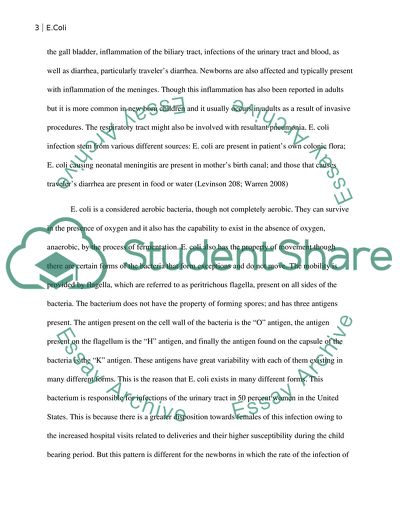Cite this document
(Principles of Environmental Health Research Paper, n.d.)
Principles of Environmental Health Research Paper. Retrieved from https://studentshare.org/environmental-studies/1736510-ecoli
Principles of Environmental Health Research Paper. Retrieved from https://studentshare.org/environmental-studies/1736510-ecoli
(Principles of Environmental Health Research Paper)
Principles of Environmental Health Research Paper. https://studentshare.org/environmental-studies/1736510-ecoli.
Principles of Environmental Health Research Paper. https://studentshare.org/environmental-studies/1736510-ecoli.
“Principles of Environmental Health Research Paper”, n.d. https://studentshare.org/environmental-studies/1736510-ecoli.


